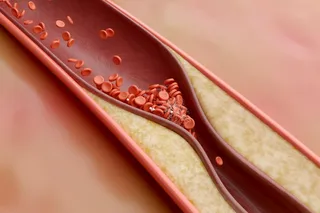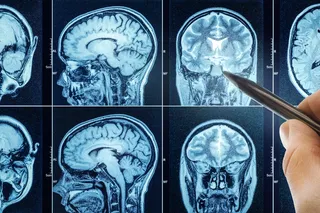It’s no secret that women and men experience pain differently, and there are a variety of reasons to cause this variance in pain perception. Hormones are known to influence pain sensitivity, body structure affects the density of pain receptors, and psychological and social factors play a role in how pain is perceived and expressed.
With all these factors in mind, it’s surprising to learn that most pain research has historically ignored sex differences. As a result, many studies missed the opportunity to analyze or report these differences. The impact of this gender bias in pain research is clear: Women often struggle more than men to be taken seriously and treated appropriately, according to the International Association for the Study of Pain.
Fortunately, research is improving. Today, studies are asking more questions and including female participants in both preclinical and clinical research. A recent study from University of California San Francisco, ...















